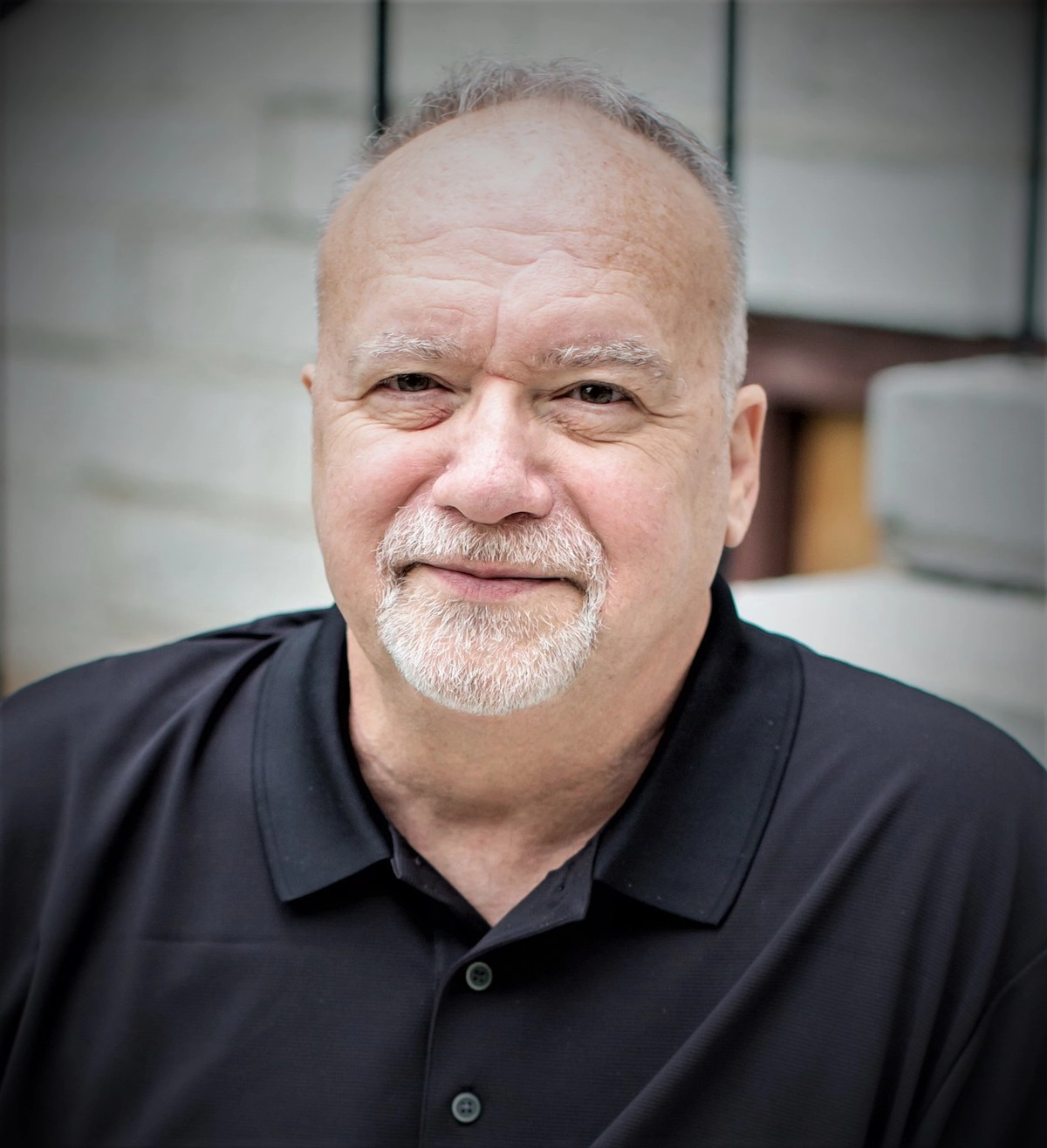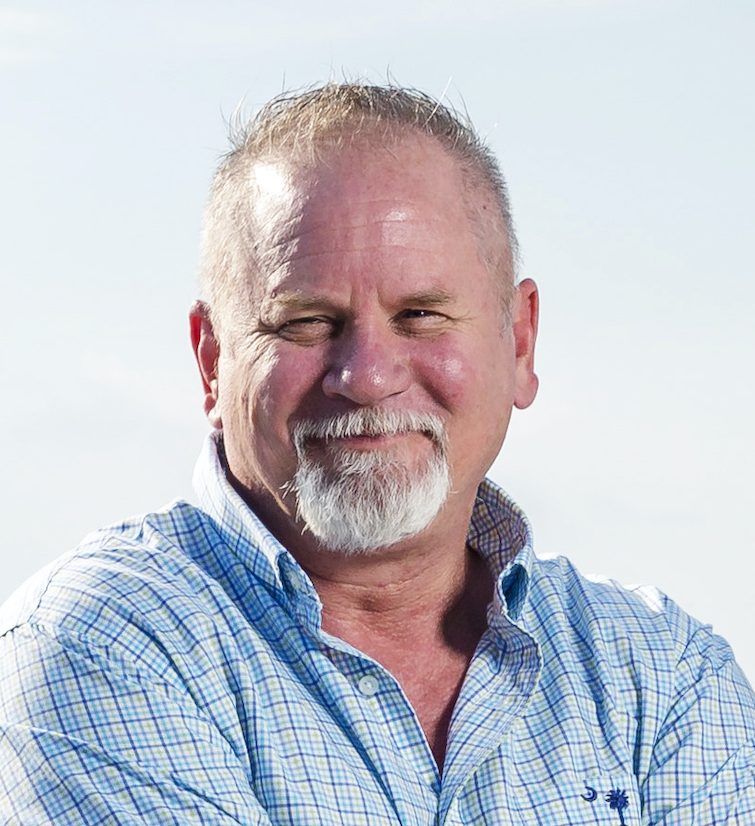By Scott Graber
Thirty years ago my son and I used to hike in the Blue Ridge Mountains near Asheville, North Carolina. In those long-gone days a favorite hike began at Graveyard Fields and went west to Black Balsam Knob and ended at Shining Rock — a huge piece of quartzite.
On those hikes, in an effort to lend even more drama to that breathtaking, spectacular topography, I would point to a distant lake and say, “Flaminius and his legionnaires marched along that lake, right there, not knowing that Hannibal and his Carthaginians were in the hills above that lake.”
“I don’t see any Carthaginians,” Zach would reply.
“Look hard, son, they’re down there…”
Eventually our hikes ended, but those long-forgotten conversations came back into focus with “The Marches,” a book by Rory Stewart about his hike along Hadrian’s Wall with his father. The notion of a similar hike — with my own son — was nourished by a subsequent conversation with Zach in a bar on the Upper West Side of Manhattan.
“Let’s go,” he said. “Let’s go next week.”
“I’m not sure I can get away that soon,” I replied.
“Come on, Dad,” he replied. “I’ll buy the tickets and make the reservations along the Wall.”
And so two weeks later we found ourselves walking along a wall — once 15 feet high and now diminished — talking about Hadrian and his need for a public works project that would keep his constituents happy.
“Most of the emperors began as generals, Caesar is a good example, and they kept their folks happy by winning campaigns and bringing home loot,” I said as we struggled up Sewingshield’s Crag. “But Hadrian didn’t have a taste for war. He was in the business of consolidation. He decided on an 80-mile long wall that would keep the ‘barbarians’ (Scotland) out of Roman England.”
“But most of his people, the folks back in Rome, would never actually see this wall,” Zach replied.
“True,” I said. “But the soldiers who built the wall would go home, tell their stories, and who knows, they might even exaggerate, embellish what they had done.”
While Roman Army “regulars” built the wall, it was actually manned by Auxiliary Legions who had been recruited from all over the Empire. The troops at Chesters Fort (our first day) were Spanish calvary; those at Housesteads (second day) were Belgian; and there were others from Germany, Iraq, Syria and North Africa. The Auxiliaries were not Roman citizens, but if they served 25 years they would earn citizenship for themselves, their wives and children. They would also earn a metal “passport” that would give them the opportunity to travel throughout the Empire.
Despite a 15-foot high wall, and a 9-foot deep “fighting ditch” in front of the wall, the Roman strategy wasn’t entirely defensive. When blue-painted tribesmen approached, the Romans would send their Auxiliaries through the MileCastle sally ports to fight the invaders head on. While the infantry engaged and held the barbarians in place, calvary from the MileCastles east or west would flank the attackers. This tactic proved successful and there is only one recorded case of northerners breaching the wall.
Our plan was to walk about 10 to 12 miles every day — I’m 73 years old — stopping often at forts, ruins and towers and drinking in the history and sugar-infused liquids. We spent our nights at bunk houses and pubs where we hoped there would be a good local ale and bangers and mash. We also hoped there would be conversation. We were not disappointed. These discussions began with “Where are you from?”
“And why are you doing this?,” they would then ask. But it wouldn’t take long for one of our new friends to ask, “And how many shotguns do you own?”
“Actually, I don’t own any shotguns, or firearms of any kind…”
“But Dad,” Zach said, “what about the pistol that’s on the mantle?”
I explained that my wife’s great grandfather, Joseph Reid, had been a courier in the Civil War and we had his pistol. “But it doesn’t work.”
Eventually one of our new companions would say,
“And your Mr. Trump. He has certainly stirred up the pot.”
And we would pivot from Publius Aelius Hadrian to Donald J. Trump and his determination to build his own pubic works project.
“And what about this Brexit business?,” we would say. “It seems to me that you’re in the process of building your own wall between the UK and the rest of Europe.”
Hadrian feared the Scots 2,000 years ago. Today, Trump worries about Hondurans and our English friends worry about Brussels and the EU. But sometimes fear dissipates and walls come down, like in Berlin, or become windows into past fears, like the Great Wall of China.
Or sometimes they become great places to walk and talk with your children.
Scott Graber is a lawyer, novelist, veteran columnist and longtime resident of Port Royal. Email Scott at cscottgraber@gmail.com.






